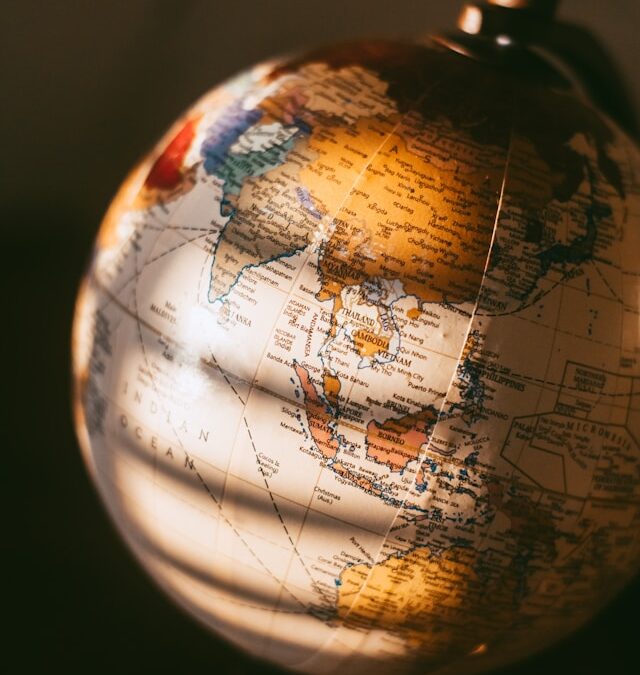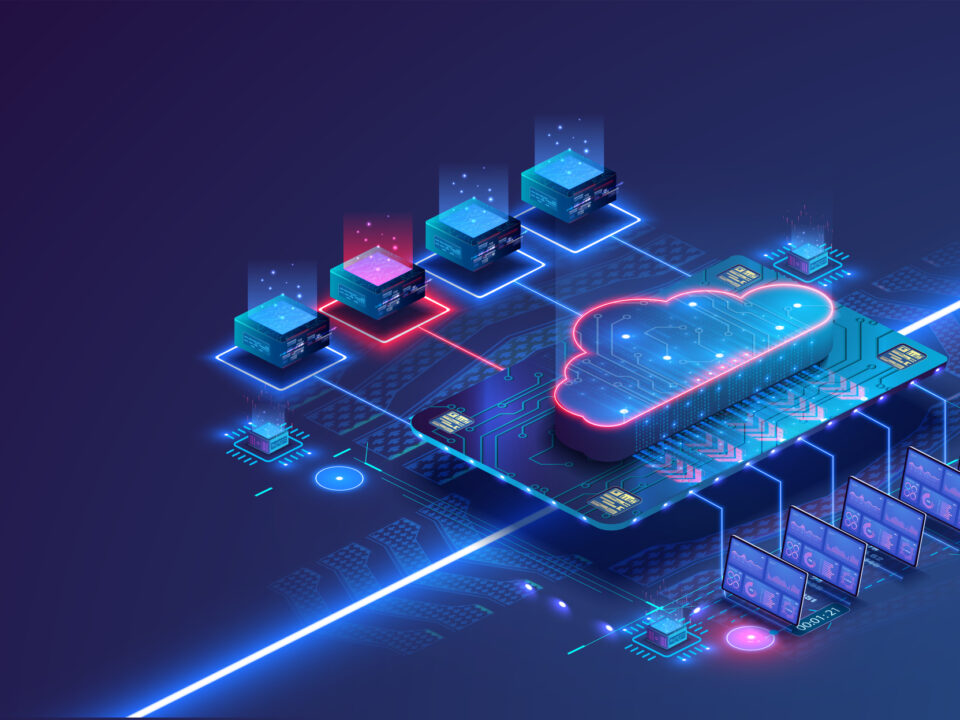- From Regulation to Innovation – the Washington effect
In the last few years, the “classic” tension between regulation and innovation shaped in AI policy debates has leaned decisively towards regulation. In 2025, however, priorities shifted and innovation has emerged as the new protagonist.
At the AI Action Summit in Paris last February officials stressed the need for innovation and deregulation to win the “AI race”with French President Macron calling for an era of “innovation and acceleration“. Vice-President Vance was clear in promoting American leadership in AI and enacting policies to prevent excessive regulation.
This marks a striking reorientation in U.S. AI strategy. A real change of heart formalised last July with the launch of the American AI Action Plan whose stated objective is to “achieve global dominance in artificial intelligence”. The plan revoked the previous Executive Order on the Safe, Secure, and Trustworthy Development and Use of Artificial Intelligence. This impact was reflected in the rebranding of the US AI Safety Institute to the “Center for AI Standards and Innovation”, a move mirrored in the special relations with the UK changing the AI Safety Institute into the AI Security Institute.
With Washington adopting a more muscular approach on AI, its allies also have been compelled to follow. The European Union, shortly after having passed the AI Act, is mitigating its regulatory implementation. On October 9, Brussel announced two new strategies that “will help Europe stay ahead in AI industry and science”. Another historical US ally, Japan, which has already less restricted rules on copyright, has recently enacted a new AI law that favours government-backed development over strict regulation with the objective of making the land of the rising sun “the most friendly AI country”.
If in the late 2010’s tech regulation years were defined by the EU General Data Protection Regulation and its “Brussels Effect” influencing global policy on Privacy, 2025 is not only shifting approach but also capital cities, signalling a “Washington effect”.
- A new giant, a new geopolitics of AI
Yet 2025 has brought another heavyweight into the spotlight. At the start of the year, China’s DeepSeek made its grand debut, turning the tables. Its open-source philosophy and the “distillation approach”, designed to reduce costs, marked China as a serious participant to the race, and strong candidate to win it, causing the West to reflect on its AI regulation approach. DeepSeek challenged the prevailing Western model of pouring billions into proprietary systems, proving that there could be a more cost-efficient path to AI leadership.
It is interesting to notice that the opensource model approach represents a regulation one. The open model choice was embedded in “the model AI law”’ draft where it is stated that “ China promotes construction of the open source ecosystem” with the accent on multilevel collaboration between government and industries. This, united with the AI Safety Governance Framework, that auspices the international collaboration on AI to “jointly develop AI chips, frameworks, and software”, positions China at the AI antipodes from the West.
However, Deepseek, despite its initial promises, seem to be largely outperformed by the American AI models. Two weeks ago, The Centre for AI Standards and Innovation (CAISI) found that, across 19 different benchmarks, DeepSeek lags behind. Notably, according to the study, DeepSeek costs more in comparison with US models, contradicting the flagship characteristic that surprised the market in the beginning of the year: its affordability. Moreover, CAISI’s findings also confirmed concerns on censorship, and misleading narratives that are moved against other Chinese AI “Big Tech” such as ALIBABA Qwen 3 and Huawei’s Mimo, further arching the AI race in the context of the new China/US commercial war.
Globally, the stakes of this war are high. While China controls much of the world’s supply of rare earth minerals essential to tech manufacturing, the United States dominate key intellectual property in AI software and chip production. Both powers have weaponised these assets as strategic tools, and now Washington, some observers note, may be getting “a taste of their own medicine”. These dynamics lie at the core of the intensifying dispute over global AI leadership.
- Why regulation matters
In an interdependent globalised world, at least on supply chains, innovation through AI deregulation policies is significant not only for risks inherent to such holistic technology unchecked, but also for its potential impact on international cooperation.
If China and the US tango alone, progress made through soft law instruments like UNESCO’s AI Recommendation or OECD principles and legal policy with a global aim like the AI ACT could be jeopardised. Accelerated deregulation may hinder opportunities for countries without large tech firms but presenting other advantages. Brazil, for example, leverages clean energy to attract sustainable AI development. Weaker standards could undermine such models.
The rather systemic realignment towards innovation-driven strategies therefore poses questions on the future of global safety standards and cooperation. With AI being a multiuse technology, its regulation is still a paramount topic to tackle today, especially in some fields as the military in a harsh geopolitical context.
However regulation does not seem to be history yet. Push from the society, NGOs and International Organisations will probably lead to a balance in policy. Even in the US, when analysing the form of governments closer to the citizens, AI seems to be a topic that cannot be left only to self-regulations, leading to contradiction that will likely emerge in next years and keep AI enthusiasts busy.






